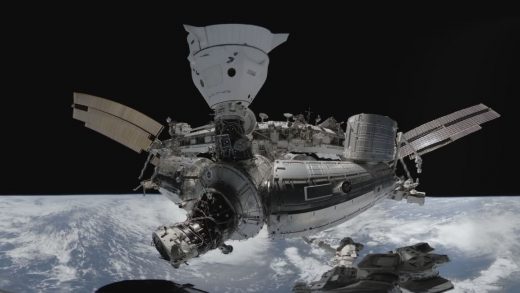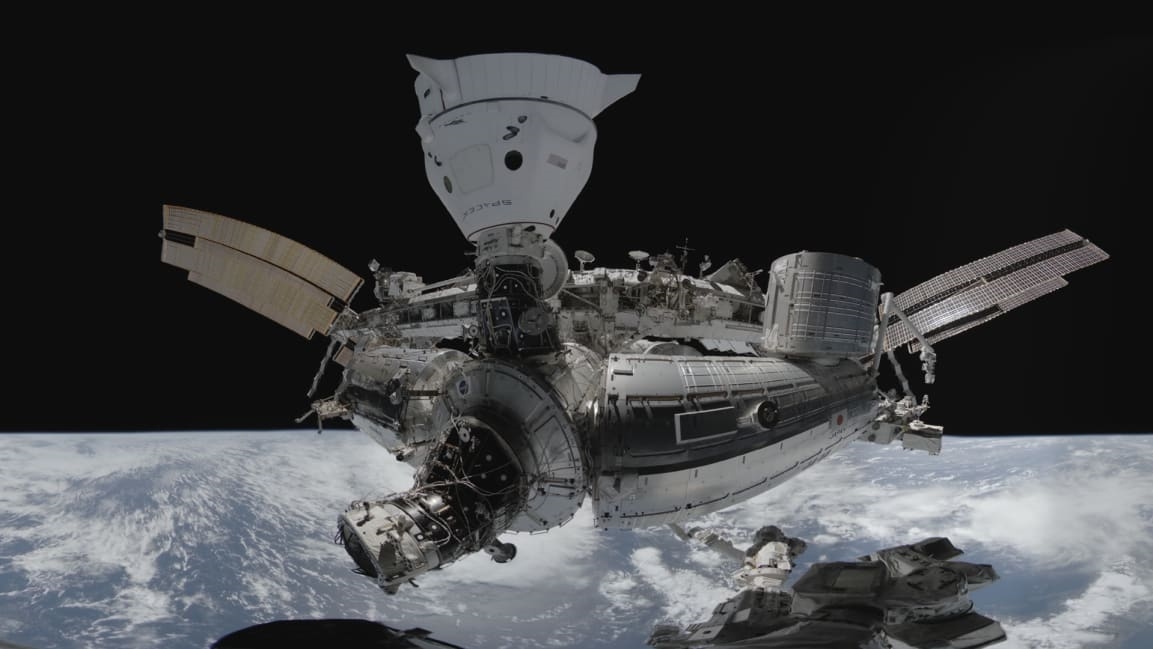The first space VR is a whole new way to see the Space Station—and Earth
The producers of a virtual reality series about the International Space Station (ISS) and its crew have built a 360-degree 3D camera that will generate the first VR experiences shot from out in space.
The 8K camera is mounted on an outside robotic arm arm that can extend the camera more than 50 feet away from the space station. It’s just now delivering the first shots it’s taken from the vacuum of space.
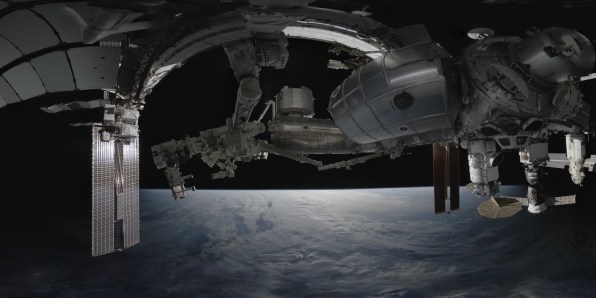
[Photo: Felix & Paul Studios]
The camera was designed and engineered by the VR production house Felix & Paul Studios, which is using it to shoot upcoming episodes of its Emmy-winning VR series Space Explorers: The ISS Experience. The studio has spent the last two years shooting the four-part series, which documents the lives and work of the ISS’s eight-member crew. The series was coproduced by Time Studios (the video arm of Time magazine) in collaboration with NASA and is available in VR on Oculus headsets.
The production team used a smaller 360-degree camera to capture scenes inside the space station, but the most spectacular part of the astronauts’ work involves venturing outside. That’s where the “outer space camera” comes in. The camera can follow the astronauts during EVA (extravehicular activity).
“Space walks are an extremely important part of a NASA mission of the International Space Station, so we wanted to give the audience a taste of that as well,” says Felix & Paul cofounder and creative director Félix Lajeunesse. The camera can also be used to get high-quality, 360-degree footage of Earth, as well as shots of the space station from the outside.
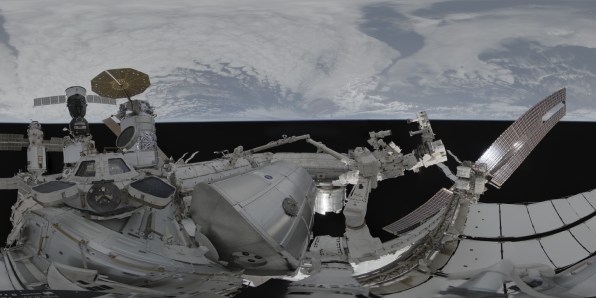
[Photo: Felix & Paul Studios]
“It’s a pretty different technology and process to operate a camera outside the station,” Lajeunesse says. As director of the product, he sits on Earth, 254 miles below his camera, at a control center in Houston. Footage captured by the camera is sent down from space, but slowly. A one-frame-per-second preview feed arrives at Lajeunesse’s screen 30 to 40 seconds after it’s shot in space. He says that it’s good enough to show whether the robotic arm and the camera are positioned correctly to get the desired shot. The studio wrote software that allows the director to control aspects of the camera such as focus, pan, and shutter speed.
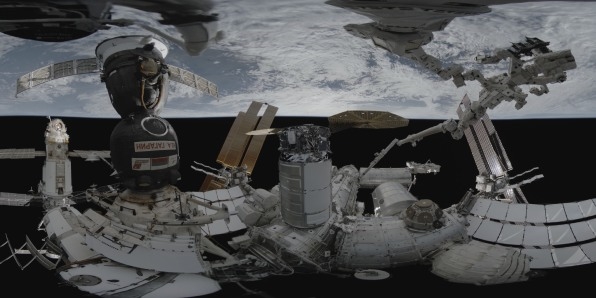
[Photo: Felix & Paul Studios]
Because of the extreme heat of direct sunlight in space—unfiltered by an ozone layer—and the extreme cold when the sun is hidden behind the Earth, the camera has to have its own onboard thermal regulator.
Lajeunesse says you get something from shooting out in space that you just can’t get from shooting from inside the ISS. “You have a sense of floating outside the space station,” he tells me. “You get a sense of scale; in VR you can actually feel it. You can experience it how you would with your own eyes.”
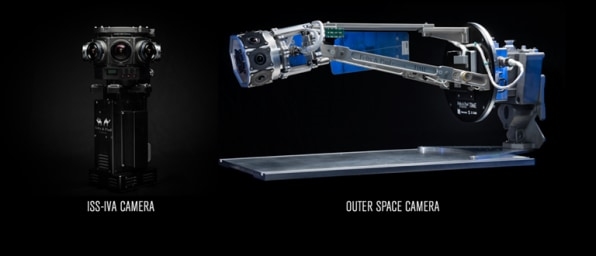
[Photo: Felix & Paul Studios]
Astronauts who have seen the Earth from space often report a unique sensation. It’s come to be known as the “overview effect.”
“It’s this emotional and psychological experience of watching your world as a whole,” Lajeunesse says. “You see its extreme beauty, and its fragility, and you feel a deeper connection to your planet.”
Thanks to Felix & Paul’s technology, now those of us stuck here on Earth can experience some of the same sense of wonder.
(43)

